As a business owner, security is part and parcel of your day-to-day life when opening a physical location. Having proper commercial security systems in place...
Learn More...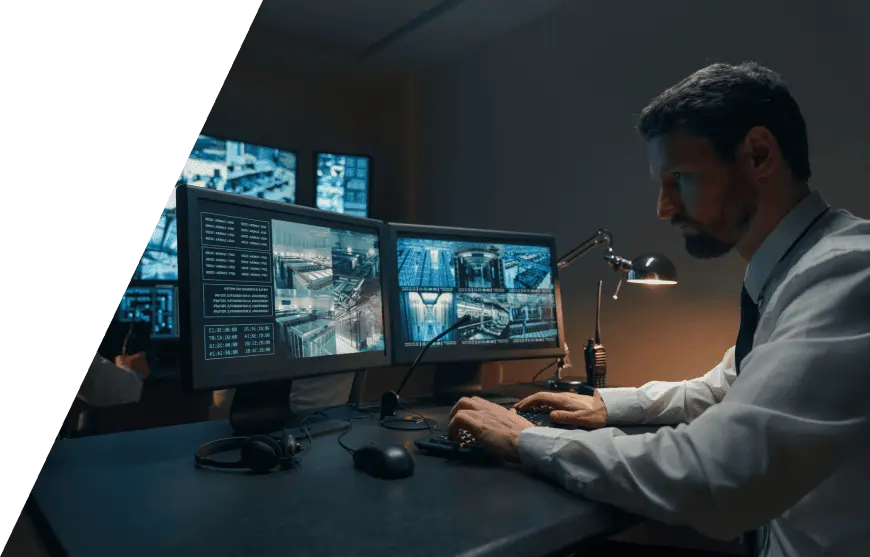
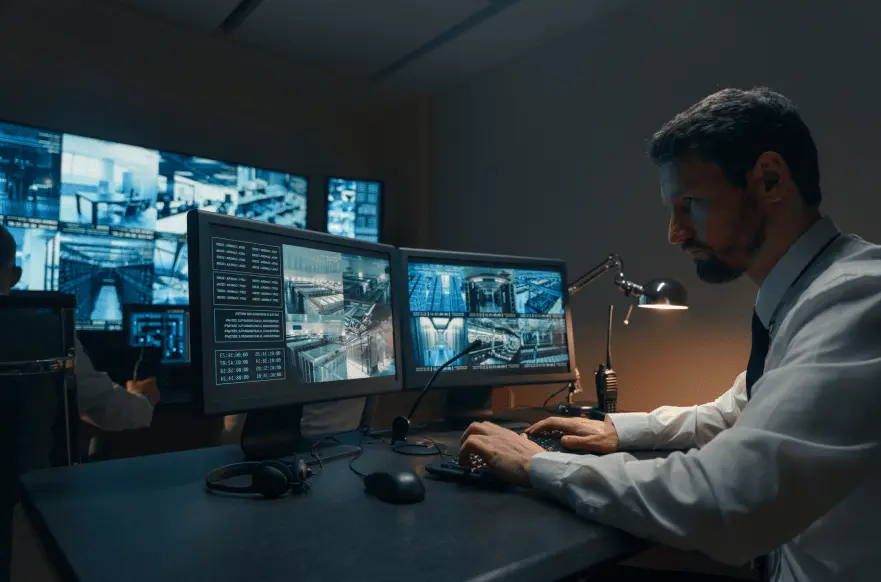

Gain A Competitive Advantage
Zuper has helped us take our business to the next level. The customized workflows have given us greater efficiency and reporting provides insights into our operations and allows us to make more informed decisions.
Myles Oswald CFO, Pro-Vigil


Gain A Competitive Advantage
Zuper has helped us take our business to the next level. The customized workflows have given us greater efficiency and reporting provides insights into our operations and allows us to make more informed decisions.
Myles Oswald CFO, Pro-Vigil




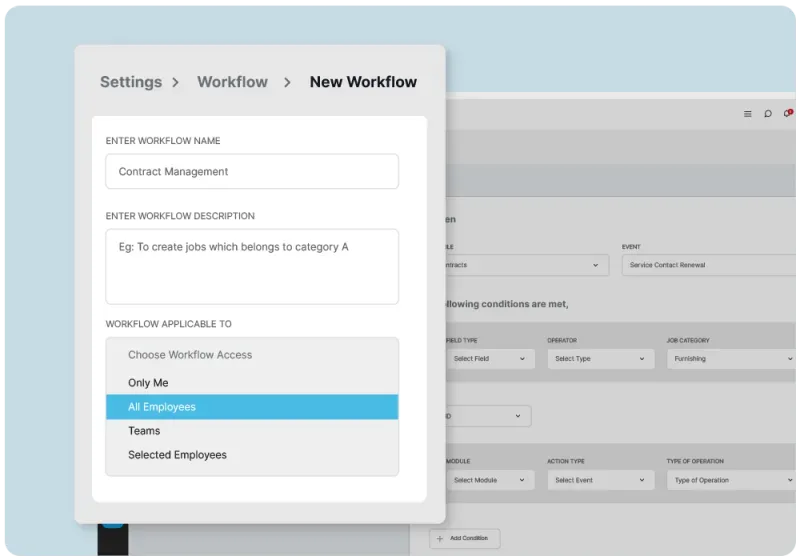
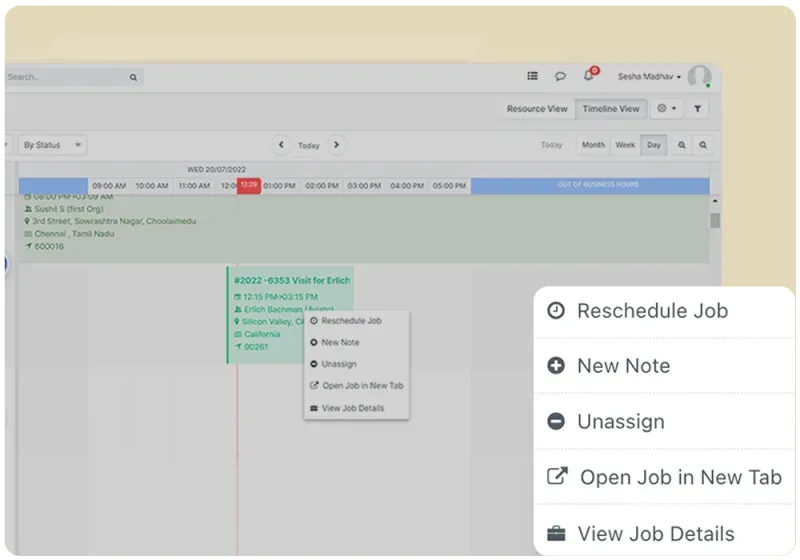

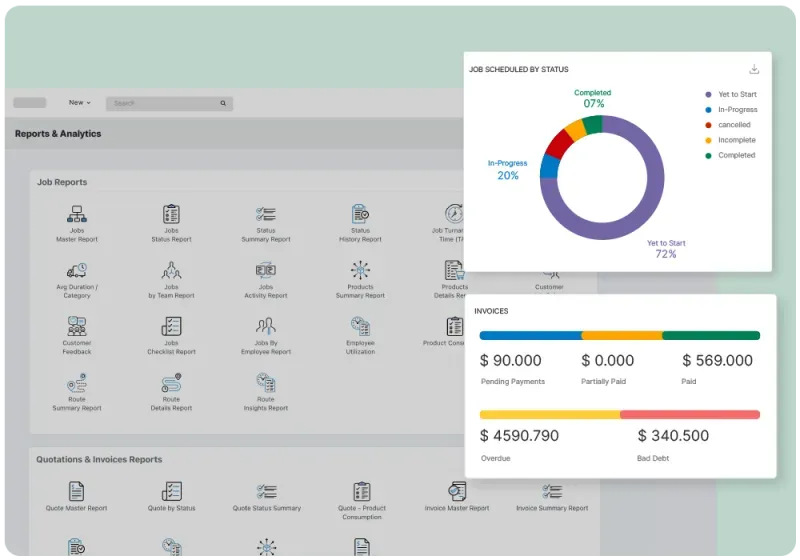
As a business owner, security is part and parcel of your day-to-day life when opening a physical location. Having proper commercial security systems in place...
Learn More...Check out the Zuper highlights from HubSpot's INBOUND 2024 event,
Learn More...It’s no secret that consumer expectations are evolving at a break-neck speed. But what may be surprising is just how fast things are changing. In...
Learn More...